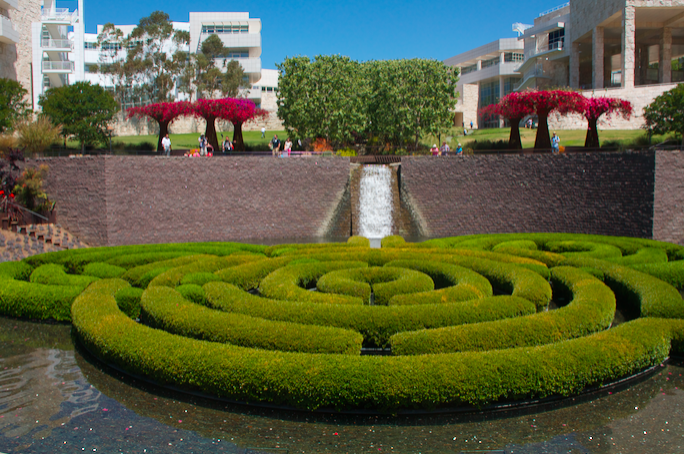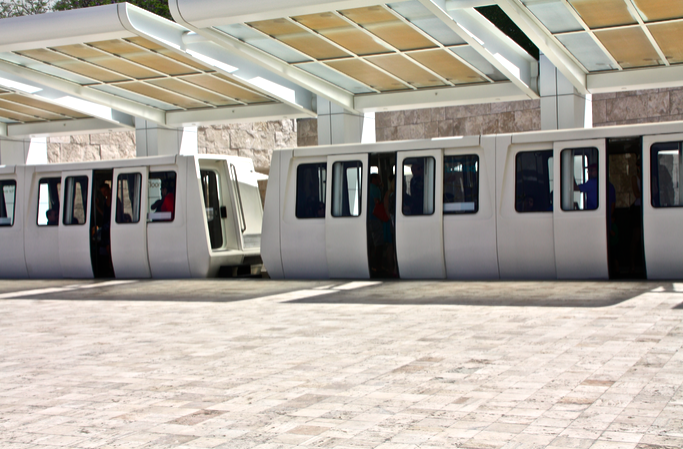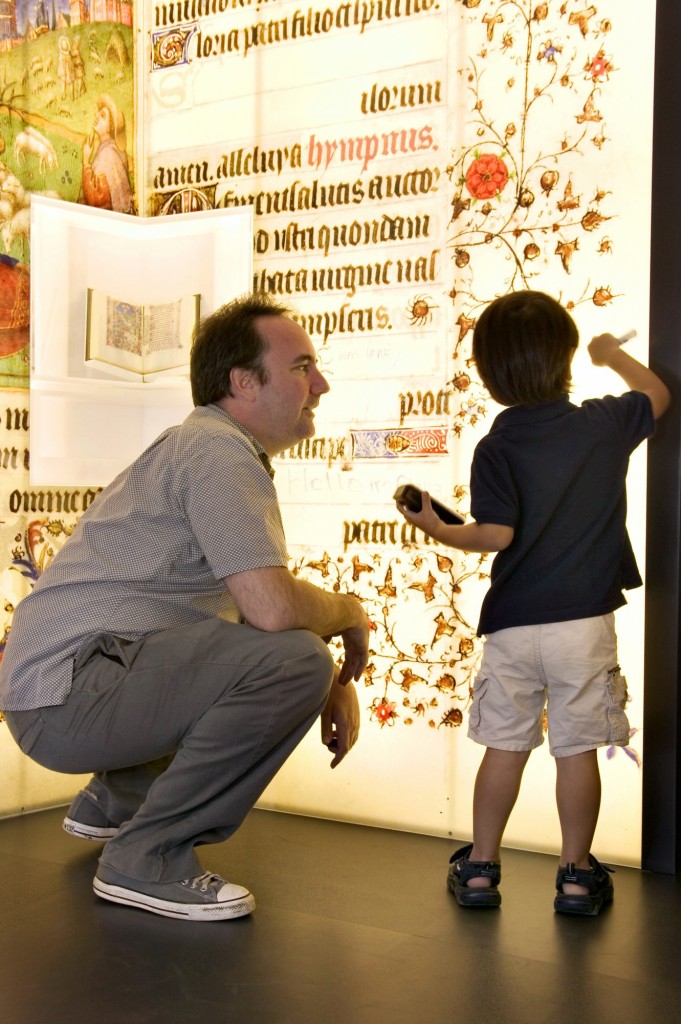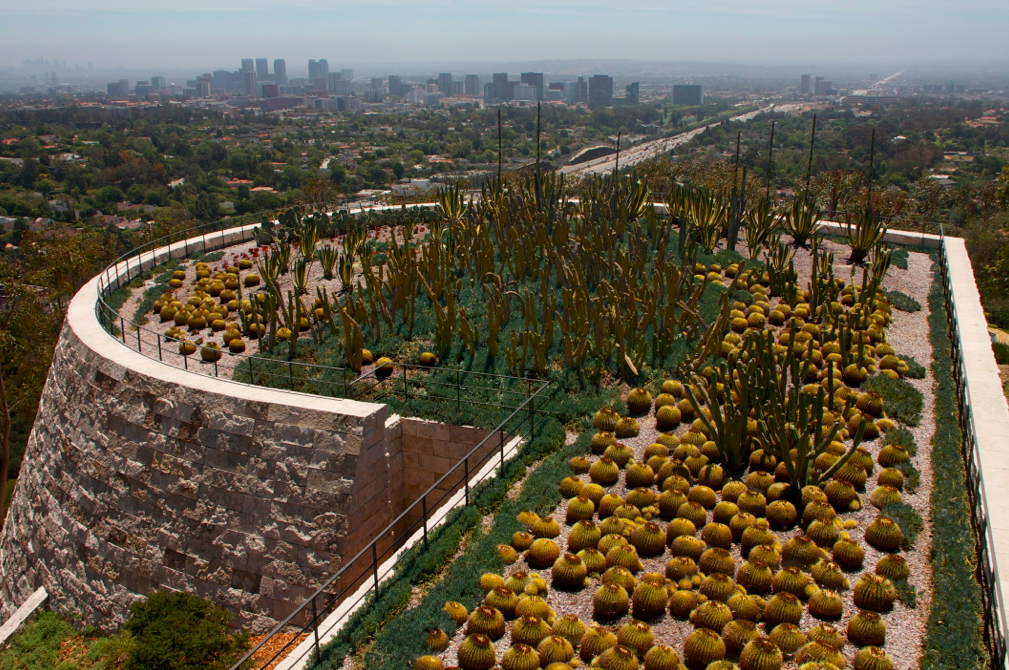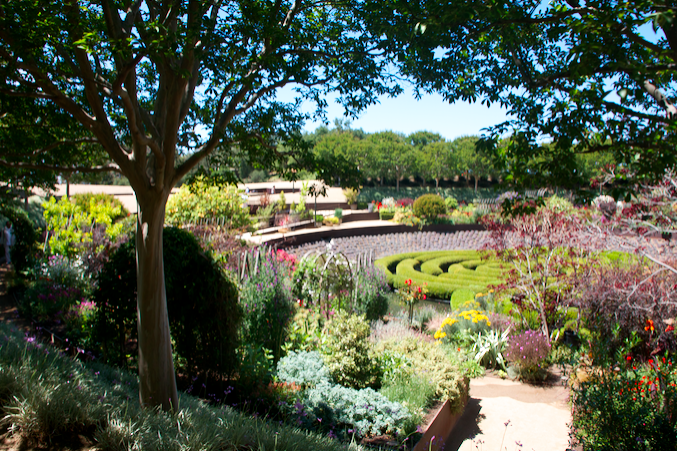One of LA’s top tourist destinations is likewise a favorite of locals. Just to be on the hill with the views is a pleasure… and then, there is the art. Several major shows visit the Getty each year, and in the institution’s permanent collection is a vast photography collection. No matter what brings you to the Getty Center, you can always count on seeing something wonderful in the spaces dedicated to photography. Open until 9:00 PM on Fridays, it’s possible (and worthwhile!) to make time for the Getty during even the most hectic week. Before you visit, be sure to review the museum’s excellent website where you will learn about the many conservation and research projects funded by the organization.
1. Tram: Kids love the tram. It’s really that simple. Just as ‘camp begins on the bus,’ it’s easy to instill a love of museum visiting with such a fun start to the experience on the hill. Once you park at the street-level entrance ($15 per car, $10 after 5 p.m. on Saturdays and Fridays from May 24-August 30), a short but beautiful ride on the Getty’s computer-operated tram will take you to the top of the hill. With the sleek, clean cars and fabulous views of the 405 and beyond, your trip to the top of the hill is a delight. There is also a pedestrian pathway if you decide the line for the tram is too long, but keep in mind the walk is almost a mile uphill.
2. Be a Getty Art Detective + Audio Tours
We recommend picking up some Art Detective pamphlets to keep your kids engaged with all there is to see on the hill. The North Pavilion offers four different locations in particular, complete with clues, to lead your children on a hunt for answers to the questions posed in the pamphlet. Pamphlets for the architecture and gardens are also available, and kids will love making their own discoveries with the help of these pamphlets as they go. To get more in-depth information about individual works of art, you can rent out an audio guide at the main entrance of the museum free of charge. Although not every piece is touched on in the tour, it gives good highlights of about 80% of the artwork contained at the Getty. The audio guide also offers a map and general museum information.
3. Family Room: When it’s time for more contemplative time, duck into the Family Room, located just off the main plaza next to the East Pavilion. It’s the most interactive part of the museum and offers materials for kids to decorate their own illuminated manuscripts, build a tube sculpture, or go on a treasure hunt. About 70 peepholes in the walls of the Family Room show close-ups of art housed in other parts of the museum that you and your kids will notice as you continue your tour. (Closed Mondays).
4. Center for Photographs: Next, head across the plaza to the West Pavilion, which is houses one spectacular photography exhibit after another. The shows range from historic (Walker Evants) to iconic (Herb Ritts, shown here), as the Getty’s archivists do their part to set this recent art form into the books with style. Currently, works by Hiroshi Hamaya, Kansuke Yamamoto, and Ed Ruscha are on display. Hamaya’s and Yamamoto’s works, a part of the “Japan’s Divide” exhibit, document their responses to the increasing modernity in Japan in the 20th century, and are a great way to expose kids to alternative styles of art. Ruscha’s photography focuses on buildings and locations in Los Angeles, offering a fascinating history of the city that will delight museum goers of all ages. You can also see Ed Ruscha’s photo books on display through September 2013, as part of the Pacific Standard Time initiative’s Overdrive exhibit.
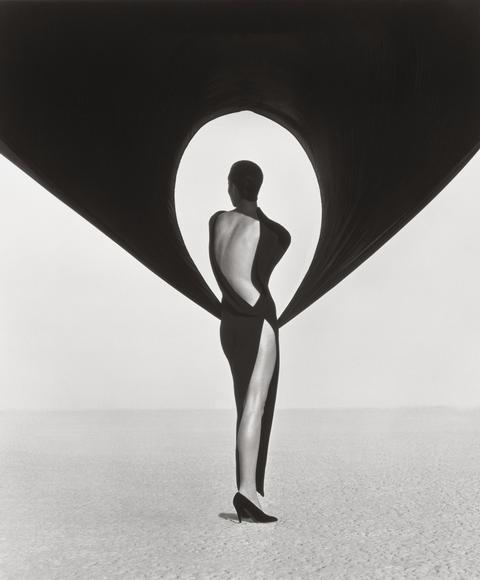
5. Van Gogh’s Irises: On the second floor of the West Pavilion is Irises, perhaps one of the most famous works at the Getty. Be prepared: that will be one of the most crowded areas in the museum. Irises is one of the most expensive works of art ever purchased, but the Getty never discloses the exact price. Seventeen years before the Getty acquired the piece, Australian industrialist Alan Bond paid $53.9 million for it. Add a word to your kids’ vocabulary by letting them know Van Gogh was a famous impressionist painter. Impressionists are known for their paintings of nature, and intended their pieces to be representations of objects that one catches only a short glimpse of (hence the somewhat undefined lines and splashes of color in Van Gogh’s work).

6. Cactus Garden: Exit the West Pavilion and make your way around the fountain. Head towards the cactus garden located on the border of the museum grounds between the West and South Pavilions. The garden offers fantastic views and a prickly array of flora for kids to examine, as well as beautiful views of Los Angeles. Take a moment to look at one of the architecture pamphlets because this is a great spot to look back and the whole scope of the Getty Center’s campus and appreciate the work of Richard Meier.
7. Lit à la Polonaise and Lit à la Turque: After leaving the Cactus Garden, head in to the South Pavilion. Here, the highlight for kids in particular lies on the upper floors, literally! Two beds — one blue, one pink, but both large — are installed along with interesting stories. The blue Lit à la Polonaise matches beds of 18th century European hosts and hostesses, who would remain in bed as their visitors arrived. The pink Lit à la Turque, so named for its exotic scrolling ends, reflects a French fascination with all things foreign during the 18th century.

8. Garden Terrace Café: If you start to get hungry, go towards the main entrance and follow signs for the Café. Garden Terrace offers gorgeous views, delicious food, and even alcoholic beverages for parents who want to relax with a cold beer. The café offers something for everyone, whether you’re looking for salads, sandwiches, pizzas, or just a light snack. Kids will enjoy clean up because they can put their trays on a conveyer belt back to the kitchen.
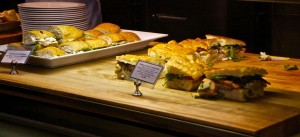
9. Central Garden: Once you finish eating, head towards the Central Garden by going upstairs, across the main plaza, and down again. Take some time to really explore everything Robert Irwin’s fine garden design has to offer; you’ll probably end up doing more winding around that you expected, and that’s great! Follow the zigzag path down to the waterfall, and walk to the museum ground’s edge for yet another spectacular view. Can you hear the sound of the water trickling down over the stones as you move up the hill? That’s meant to be musical. And if you want to roll down the hill… be our guest!
10. Fran and Ray Stark Sculpture Garden: End your visit by stopping by the outdoor sculpture garden. Get there by going about halfway back out of the Central Garden, and walking to the right towards a set of ramps. They will lead you to a delightful sculpture display, with five different bronze pieces by René Margritte, Aristide Maillol, Barbara Hepworth, and Henry Moore.
Past articles written about The Getty Center
A Crush on Cathedrals: Stained Glass at The Getty Center & Other Impressive Religious Spaces in LA
Architecture Month in LA — Overdrive at the Getty Center
Things To Do With Kids In LA: The Getty Center’s Garden Concerts for Kids
Gustav Klimt: The Magic of Line at The Getty Center
Cornelia Funke and Connecting Seas at The Getty Research Institute

